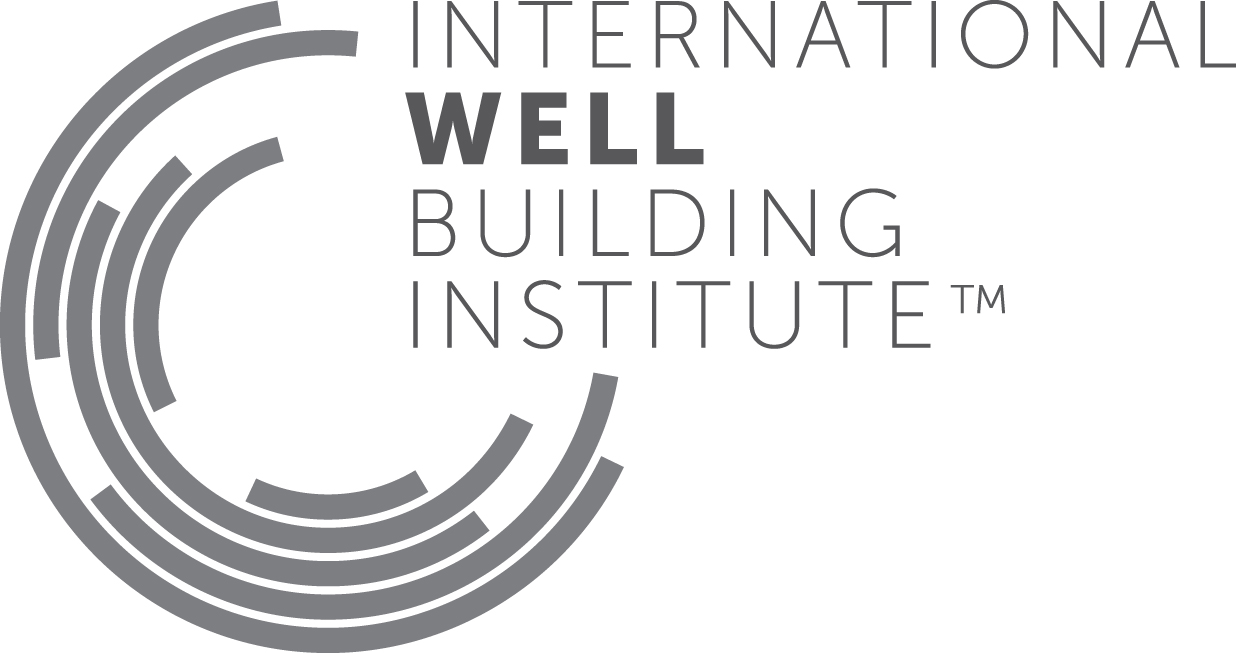A Pathway for Change: Collaboration, Clarity and Action
IWBI promotes transparency in products and fair labor practices, helping to combat modern slavery in the built environment

By Rodolfo Perez, Ph.D.
IWBI is proudly collaborating with leading industry organizations to support efforts that can lead to improved transparency and other opportunities for buildings and organizations worldwide to unite in efforts to end modern slavery in the built environment.
What is modern slavery, and why does it matter?
Many of the people working on the extraction of raw materials, in the manufacturing of products or in the construction of a building are forcefully deprived of their fundamental human rights, where they are deceived or forced into exploitative situations that they cannot refuse or leave. Broadly, these situations are catalogued as “modern slavery” and may include human trafficking, forced labor and debt bondage. According to Walk Free’s Global Slavery Index, in 2021, 50 million people were living in modern slavery. Through passport retention and other coercive strategies, people are forced to work and live under inhumane conditions.
Construction and manufacturing are prone to exploitation, as labor shortages grow and sites can be staffed with coerced workers where lax regulation and lack of enforcement is the norm. The construction ecosystem accounts for more than 13% of global GDP and more than $13 trillion in spending worldwide (Global Construction Perspectives). Because of its disaggregated nature and the sheer number of raw and composite materials, construction is considered among the high risk sectors for forced labor. As supply chains are broad, complex and often unknown, the building sector can be susceptible to inadvertently supporting these harmful practices.
From identifying the challenge to driving solutions
Modern slavery is not exclusive to the construction and building product manufacturing industry. For example, the apparel and agricultural industries also are at risk for exploitation. The International Labour Organization (ILO) promotes decent work conditions and the adoption of fundamental conventions to protect workers’ rights around the world. Many legal frameworks and regulations promote awareness and transparency in the supply chain towards identifying modern slavery situations. Example regulations include Modern Slavery Acts of Australia (2018) and the UK (2015), the German Supply Chain Due Diligence Act, Canada’s Fighting Against Forced Labour and Child Labour in Supply Chains Act, and California’s Transparency in Supply Chains Act. The European Union’s Corporate Sustainability Reporting Directive (CSRD) requires large companies to disclose their efforts towards assessing and improving labor conditions in their supply chain through one of the European Sustainability Reporting Standards (ESRS S2, Workers in the Value Chain).
In addition to regulations, the urgency of the problem has prompted many companies to take actions to avoid direct or indirect engagement with modern slavery practices. Taking notes from playbooks first written by the apparel and food industries, certifications are becoming available for manufacturers and for sources of raw materials. Such programs may require demonstration of support for fundamental responsible labor practices through third-party verification of claims and onsite visits, plus chains of custody that clearly trace the origin of goods. Some companies perform labor audits to their suppliers and deeper in their supply chains. Still, the level of awareness and pervasiveness of the problem requires manufacturers of all scales to significantly ramp up efforts to improve their own labor conditions and demand labor dignity and traceability in their supply chains.
Companies can also support fair labor practices through their corporate policies and by vetting goods and services throughout their procurement processes. As a cultural and humanitarian center, Grace Farms Foundation has brought people together across sectors to advance the Design for Freedom Movement. Design for Freedom works to end modern slavery and eliminate forced and child labor in the building materials supply chain. Through the release of the Design for Freedom International Guidance & Toolkit, Grace Farms is raising awareness and promoting ethical practices within the built environment. The Toolkit provides background information on the scope of modern slavery, features high-risk raw and composite materials, areas where extraction and manufacturing has been particularly prone to exploitation, and provides tools and resources for architects, designers and contractors to explore material transparency and start conversations with manufacturers and suppliers about responsible supply chains.
“The design and construction sector has acknowledged responsible material procurement is not only a priority, but a critical lever for change. This industry recognition represents a shift that design is advancing beyond aesthetics, performance, and sustainability to now also incorporate human dignity. The Design for Freedom International Guidance & Toolkit is a comprehensive resource that can be used to enhance material transparency, accountability, and human rights due diligence.”
— Nora Rizzo, LEED AP BD+C, WELL AP, LFA | Ethical Materials Director, Grace Farms Foundation
The role of WELL
Building upon these initiatives, the WELL Building Standard includes two relevant strategies to help companies to assess and address modern slavery risks in their operations and supply chains.
- In feature C17: Responsible Labor Practices of the Community concept, organizations are required to list, map, commit to and report progress to establish and maintain fair and human-centric labor practices for contracted or employed groups traditionally prone to poor working conditions such as cleaning, catering, construction, security and building maintenance.
- Elimination of the embodied suffering in building products is the target of the strategies under X13: Fair Labor in Building Products in the Materials concept. In these strategies, organizations are required to install products from manufacturers that can demonstrate provision of living wages to their employees, that procure raw materials from certified and/or more transparent supply chains, and that assess, disclose and confirm fair labor practices on their suppliers. Much of this feature was inspired by the work of Grace Farms and aligned with strategies listed in the Design for Freedom International Guidance & Toolkit.
Collaboration is key
Consistent with IWBI’s governance process of engaging stakeholders during the standard development process, these WELL strategies were developed after years of consultation with global industry leaders, a key element to address this worldwide problem. We built these strategies with the goal to empower concurrent initiatives to help propel the movement towards better and truly restorative built environments. For example, IWBI has joined with organizations such as Grace Farms Foundation, the U.S. Green Building Council (USGBC) and the International Living Future Institute under the umbrella of mindful MATERIALS to align efforts to select more responsible building products. Together, through such collaborative efforts, we hope to continue to make progress in how the built environment works and operates in an effective and positive way.
IWBI promotes sustainable supply chains as part of its larger focus on social sustainability – the practice of managing and optimizing an organization’s impact on its people, community and broader societal systems. To learn more about leveraging WELL to promote social sustainability, view this resource.
View original content here.

